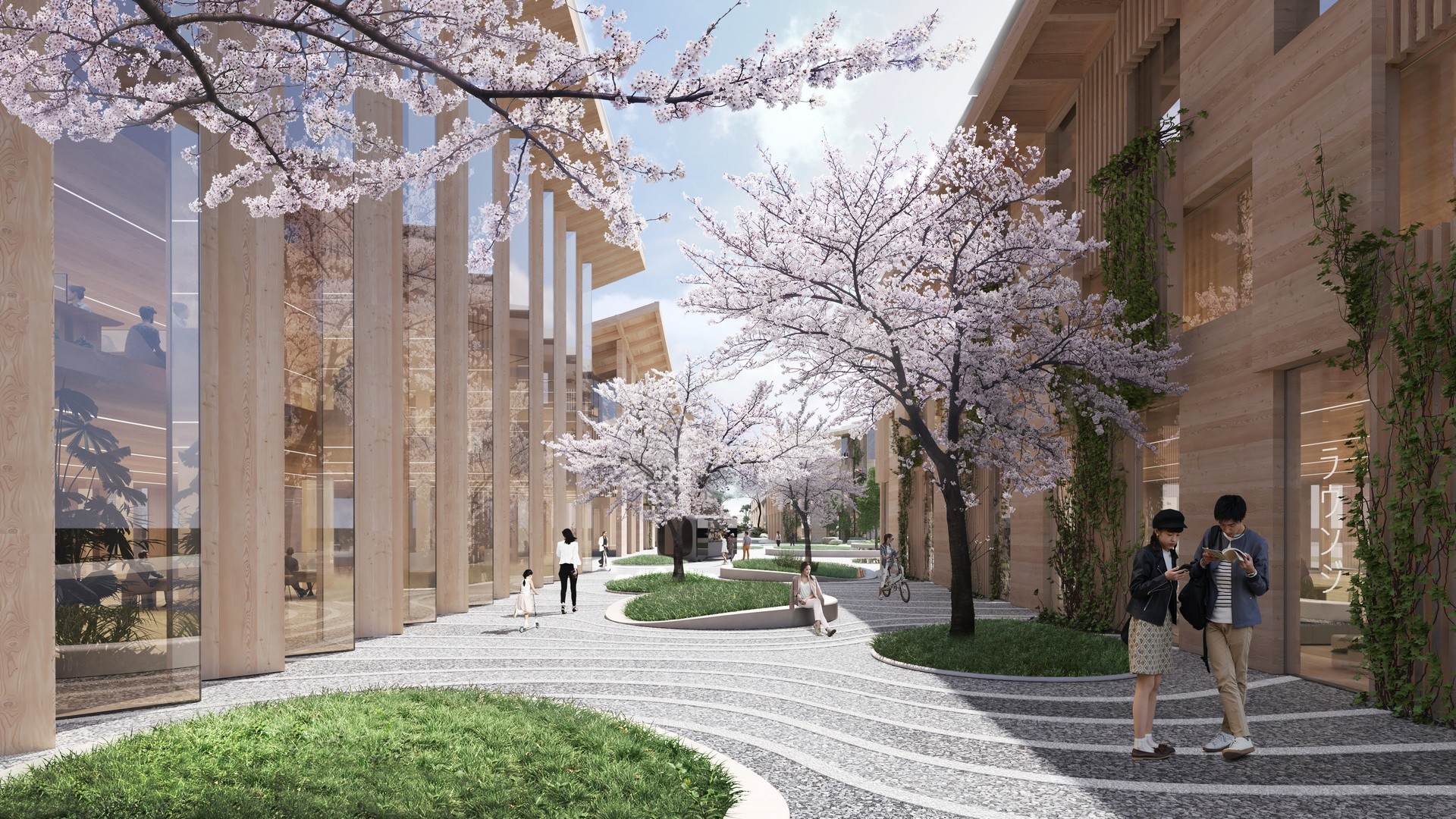Author | Lucía Burbano
Nearly 25 years ago, Pontevedra sparked a revolution by removing cars and reclaiming its streets and squares for its residents. How? By placing people at the heart of its urban strategy, pedestrianizing the entire city center and significant portions of its inner ring road.
Despite initial reservations in the Galician city, nearly a quarter of a century later, Pontevedra’s pedestrianization strategy has yielded results that enhance all social, health, environmental, and sustainability indicators—an urban model now recognized and awarded on a global scale.
Total pedestrianization
To understand the transformation, we must go back to 1999. Pontevedra, the capital of the Galician province with around 85,000 inhabitants, made a bold decision to reclaim its streets for pedestrians, eliminate cars, reduce the environmental impacts of urban traffic, and ultimately create a more habitable and human-centric city.
The first step was to completely pedestrianize the historic city center and eliminate 500 parking spaces. Gradually, the urban infrastructure was adapted to this new reality: sidewalks were widened, shared spaces for different modes of transport were created, traffic lights were removed, and areas once dominated by cars were liberated to promote universal accessibility.
On streets where cars are permitted, maximum speeds are restricted to 30 km/h and even as low as 10 km/h. Moreover, motorized traffic has been further controlled through design techniques like narrowing roads, constructing compact roundabouts, and incorporating physical barriers that raise pedestrian crossings to the same level as sidewalks.
In total, 1.3 million square meters of Pontevedra have been pedestrianized, and traffic in the city center has been dramatically reduced from 80,000 vehicles in 1999 to just 7,000.
Cars can park in free parking lots located just a 15-minute walk from the city center. If access to the city center by vehicle is necessary, parking is limited to 15 minutes, enough time to pick up someone with reduced mobility, for example, and 30 minutes for loading and unloading.
The results stand as a testament to Pontevedra’s urban strategy

Overall, motorized vehicle journeys have decreased from 52,000 in 1997 to just 17,000 today. The percentages of car reductions after implementing this pedestrianization strategy are as follows:
- 92% reduction in the historical and commercial center
- 77% reduction in the city’s inner ring
- 53% reduction in the city overall
Local trade has also benefited from this pedestrianization strategy, with store sales seeing a significant increase.
One of the most popular municipal initiatives is Metrominuto, a Pontevedra GPS app that encourages residents to walk the city’s pedestrian routes and experience the benefits of walking. The app provides distances and estimated walking times between major points and attractions, calculated based on an average speed of 5 km/h. In fact, two out of three journeys in the city are now made on foot.
In terms of reducing emissions associated with cars, they have decreased by 66%. Fuel consumption has also decreased by 67%, and the number of deaths caused by being run over has dropped from 69 recorded in 1998 to zero in the last decade.
Pontevedra has gained global recognition for its exceptional execution of a commitment to accessible, social, and sustainable urbanism. In 2014, the UN named Pontevedra Europe’s most comfortable city to live in, and the Center for Active Design honored the city with the Excellence Award for its people-centered urban design that promotes healthy lifestyle habits.
Other examples of urban pedestrianization
Oslo

To eliminate cars, Oslo employed a strategy quite different from that of Pontevedra. Instead of banning cars outright, Oslo chose to remove all parking spaces from its urban center to discourage the use of private vehicles in this area of the city.
Over 700 parking spaces in Oslo’s central district have been replaced with bike lanes, green spaces, and rest areas. Significant portions of the Norwegian capital are now car-free zones. Alongside this strategy, the city has also implemented significant improvements to its public transportation system.
Birmingham, United Kingdom
Since joining the climate emergency declaration in 2019 alongside other global cities, Birmingham has implemented plans to restrict car access in its urban center.
A key aspect of the strategy involves encouraging companies to eliminate their car parks, on which the city council plans to construct thousands of homes.
In 2024, the city began pedestrianizing various sections of two of the city’s streets, with Colmore Row and Waterloo Street set to be completed by mid-2024.
Ghent, Belgium

In 1996, Ghent designated 25 hectares of its city center as a car-free zone. This initiative has addressed endemic issues including severe traffic congestion, the safety of cyclists and pedestrians, and air quality. Those who commute daily and need to park outside the city center can take advantage of the free shuttle service from the parking area.
San Francisco
For the first time in 120 years, San Francisco has prohibited the use of private vehicles in the eastern section of Market Street. This move is part of an ambitious effort to enhance public safety and transform the city’s most vital traffic artery.
The Better Market Street, project, backed by a $600 million budget, promised to remove cars and create a futuristic boulevard. This design featured elevated lanes for bicycles and scooters, while buses, trams, and pedestrians would each have their dedicated lanes.
However, after more than a decade of planning, construction began in 2020 on an ‘express’ version of the project that barely resembled the original plans. This version was subsequently put on hold due to the pandemic. The project is still underway, but the final outcome remains uncertain.
Photos | Wikimedia, Unsplash/Oliver Cole, Unsplash/Jonatan Moerman, Arturo Rey






















































